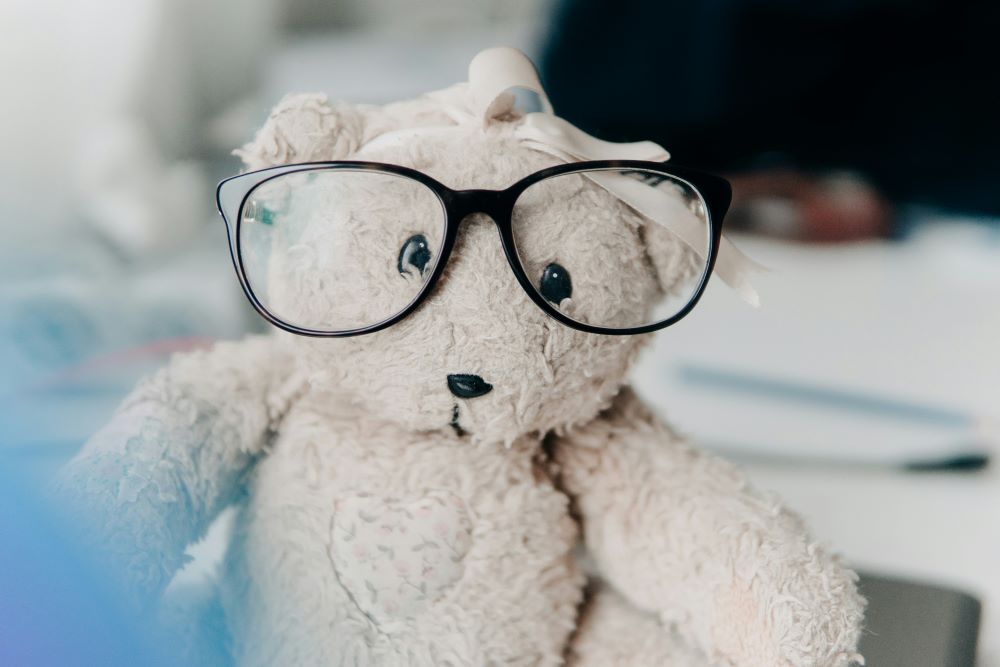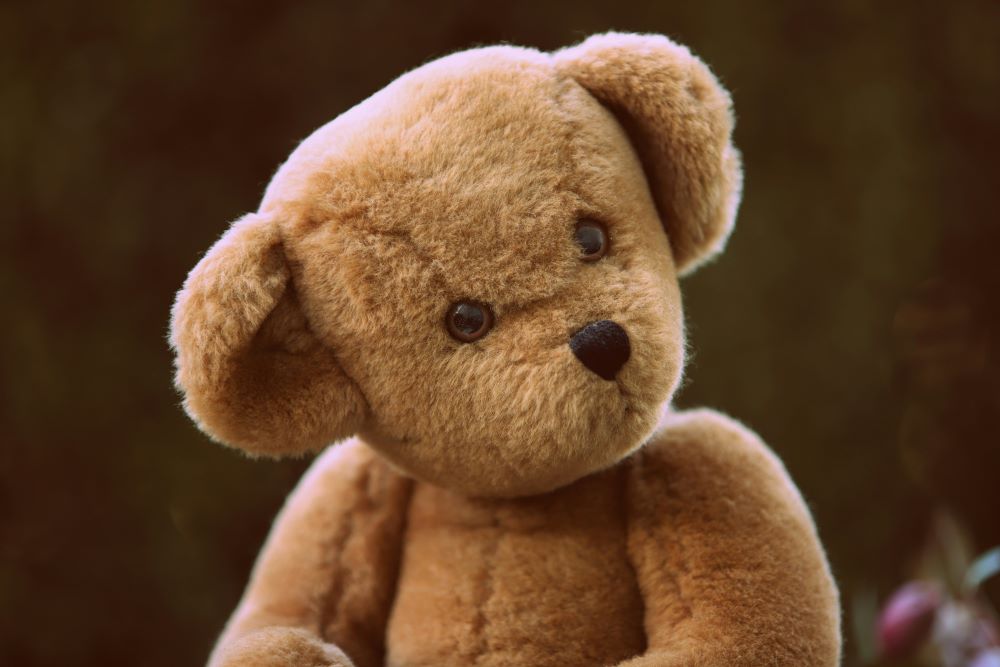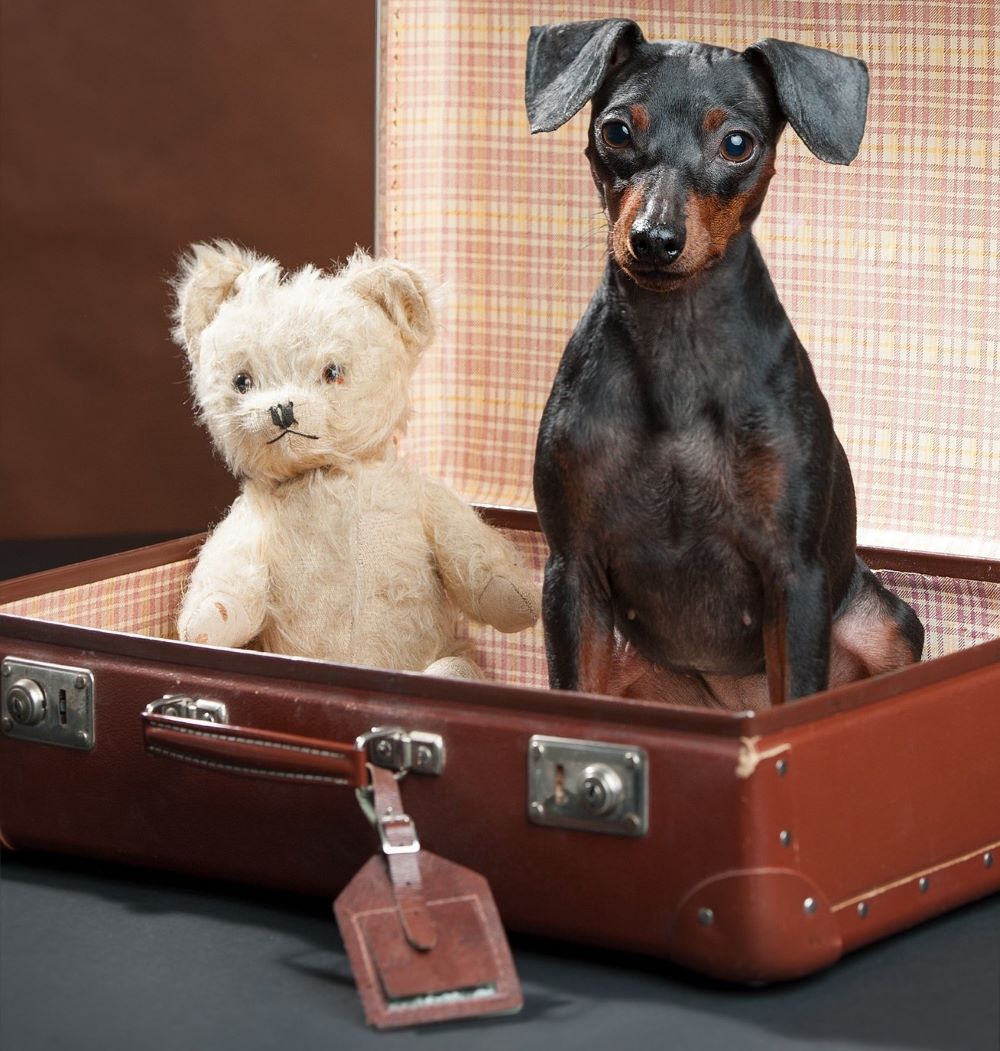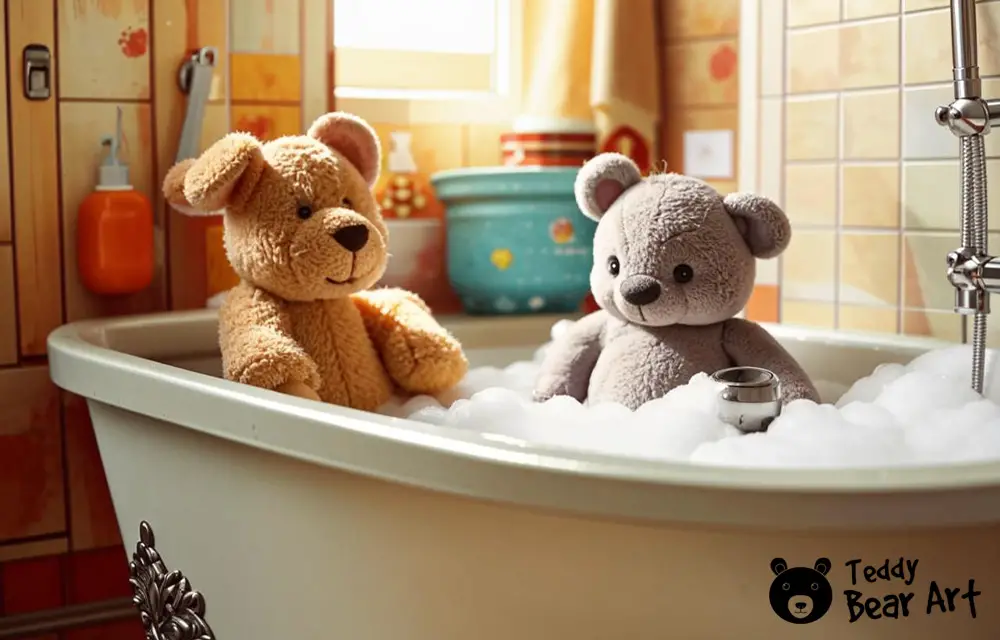Cleaning old stuffed animals is essential to keep your beloved plush toys looking fresh, safe, and hygienic. If you’re wondering how to clean stuffed animals effectively, this expert guide will help you restore them to their original condition with easy and proven methods.

Understanding the Importance of Cleaning Old Stuffed Animals
Cleaning old stuffed animals is crucial for several reasons. First, it helps maintain their sentimental value by keeping them in good condition.
Second, it promotes better health by removing dust, allergens, and bacteria that can accumulate over time.
Lastly, proper cleaning prevents further deterioration, ensuring your stuffed animals last for many more years.
Assessing the Condition of Your Stuffed Animal
Inspect Before You Clean
Before you start cleaning, take a close look at your stuffed animal. Check for any signs of damage, such as loose stitches, worn fabric, or missing parts.
Understanding the type of material and any special cleaning instructions is vital. Some stuffed animals are machine washable, while others may require hand washing or surface cleaning.
Check for Structural Damage
- Loose Stitches: Look closely at the seams of the stuffed animal. If you notice any loose stitches or areas where the stitching has come undone, take the time to repair these before cleaning. Use a needle and thread that matches the original stitching to carefully sew up any gaps.
- Worn Fabric: Examine the fabric for any signs of wear and tear, such as thin spots, holes, or fraying. If you find any damaged areas, consider patching them up with fabric glue or sewing a small piece of matching fabric over the worn spot to prevent further deterioration.
- Missing Parts: Inspect the stuffed animal for any missing parts, such as eyes, buttons, or accessories. If possible, replace these parts before cleaning to ensure that the stuffed animal is fully intact and ready for a thorough cleaning.
Identify the Material
- Fabric Type: Determine the type of fabric your stuffed animal is made from. Common materials include cotton, polyester, and plush fabrics. It will influence the cleaning method you choose. Use our comprehensive guide to determine the type of fabric of your stuffed animal or teddy bear.
- Stuffing Material: Consider what the stuffed animal is filled with. Some may contain polyester fiberfill, while others might have beans or pellets. Be cautious when cleaning stuffed animals with non-traditional fillings, as these can be more sensitive to moisture and may require special care. Check out our comprehensive guide on teddy bear stuffing materials for more details.
Look for the Manufacturer’s Instructions
- Care Tags: Many stuffed animals come with care tags that provide specific cleaning instructions. These tags are usually found on the bottom or side seam of the stuffed animal. Follow the manufacturer’s recommendations to avoid damaging the toy.
Assess for Special Features
- Electronic Components: Some stuffed animals have electronic components, such as sound boxes or light-up features. If your stuffed animal has any electronic parts, remove them if possible before cleaning. If they are not removable, opt for surface cleaning to avoid water damage.
- Delicate Accessories: If your stuffed animal has delicate accessories like bows, ribbons, or clothing, remove these items before cleaning. Clean the accessories separately according to their specific care instructions.

Pre-Cleaning Preparation
To clean your stuffed animals effectively, you’ll need some essential supplies. These include mild detergent, a soft brush, microfiber cloths, and optional items like baking soda and stain remover for specific issues.
Before applying any cleaning solution, test a small, inconspicuous area of the stuffed animal to ensure the colors won’t bleed. This step is crucial to avoid damaging your beloved toy.
Dab a bit of the detergent solution on a hidden part of the fabric, then press with a white cloth to see if any color transfers. If the colors stay put, you’re good to proceed with the cleaning.
Taking this precaution helps ensure that your stuffed animal retains its vibrant appearance without any unwanted color changes.
Cleaning Old Stuffed Animals
How to Clean Stuffed Animals Safely
Always inspect your stuffed animal for any damage and check the care label before cleaning. Use gentle cleaning methods appropriate for the fabric and stuffing. Test any cleaning solutions on a small, hidden area first to avoid damage.
Cleaning by Machine or by Hand
Machine Washable Stuffed Animals
Place the stuffed animal in a mesh laundry bag to protect it. Use a gentle cycle with cold water. After washing, air dry to avoid heat damage.
Hand Wash Only Stuffed Animals
Fill a basin with lukewarm water and add a small amount of gentle soap. Submerge the stuffed animal and gently squeeze to clean. Rinse thoroughly and press out excess water without wringing. Allow it to air dry completely.
Surface Cleaning Delicate Stuffed Animals
Use a damp cloth to spot-clean the surface. Gently brush away dust with a soft brush. Let the stuffed animal air dry.
How to Remove Stains from Stuffed Animals
To tackle common stains like food or ink, use a mild stain remover. Apply it carefully and follow the product instructions to avoid damaging the fabric. Always test the stain remover on a small, hidden area first before applying to visible parts of your stuffed animal.
How to Eliminate Odors from Stuffed Animals
Instead of applying baking soda directly to the stuffed animal, place the toy in a closed container next to an open box of baking soda. Leave it there for a day or more to allow the baking soda to absorb odors without leaving residue.
Alternatively, leave the stuffed animal in a well-ventilated area with some sunlight. You can also use a fabric spray for a quick refresh.
Tips for Drying and Fluffing Stuffed Animals
Air drying is the safest method for stuffed animals. Avoid using a dryer, as heat can damage fabric and stuffing. To speed drying, place the stuffed animal near a fan or use a hairdryer on a cool setting.
Once dry, restore fluffiness by gently brushing the fur with a soft brush. Shake lightly to help regain original shape.

FAQ:
Q1: How do I clean old stuffed animals without damaging them?
A: Start by checking the care label and assessing the material. Use gentle cleaning methods like hand washing or surface cleaning for delicate toys, and machine wash only if the tag allows.
Q2: Can all stuffed animals be machine washed?
A: No, not all. Always check the manufacturer’s instructions. Some delicate or electronic stuffed animals require surface cleaning to avoid damage.
Q3: What is the best way to remove stains from stuffed animals?
A: Use a mild stain remover suitable for delicate fabrics. Test it on a hidden area first, then carefully treat the stain without soaking the entire toy.
Q4: How often should stuffed animals be cleaned?
A: Regularly inspect your stuffed animals and clean them as needed—typically every few months or if visibly dirty or smelly.
Wrapping Up
Cleaning old stuffed animals doesn’t have to be difficult or overwhelming. By following these expert tips and proven methods on how to clean stuffed animals safely and effectively, you can keep your beloved plush toys looking fresh, clean, and well-preserved for years to come.

Taking the time to properly care for your stuffed animals helps protect their sentimental value and ensures they remain a source of joy and cherished memories. For more in-depth guides on cleaning and maintaining stuffed animals and collectible teddy bears, be sure to explore our comprehensive resources on stuffed animal care.
We’d love to hear your own cleaning tips and experiences! Feel free to share them in the comments below or connect with us on social media. Happy cleaning!
Get Free Patterns & Be the First to Know!
Want free teddy bear patterns, exclusive tutorials, and a chance to win craft supplies?
Sign up for our newsletter using the subscribe form in the middle of this article to receive new patterns, insider tips, and the latest news on teddy bear art. You’ll also automatically be entered into our annual giveaway for a chance to win teddy bear crafting materials.
Bonus entry: Save one of our pins on Pinterest to increase your chances of winning!
Let’s create, inspire, and craft beautiful teddy bears together!


I really loved your post on cleaning old stuffed animals! The step-by-step tips are super helpful, especially the part about checking for damage and understanding different cleaning methods. It’s clear you put a lot of thought into making sure these cherished items stay safe and clean.
One thing I’d love to know more about is how to handle stuffed animals that have sentimental but also monetary value, like vintage or collectible pieces. Are there any specific cleaning methods or precautions for those to avoid reducing their value? Looking forward to your advice!
Thank you so much for your kind words! I’m thrilled to hear that you found the cleaning tips helpful. It’s so important to keep our cherished stuffed animals safe and clean, especially when they hold sentimental value.
When it comes to vintage or collectible stuffed animals, extra care is definitely needed to preserve both their sentimental and monetary value. Here are some tips:
1. Avoid Machine Washing: Even if the stuffed animal seems sturdy, machine washing can be too harsh. Hand washing is usually the safest option.
2. Gentle Cleaning Solutions: Use a mild detergent or a specialized cleaner for delicate fabrics. Test a small, inconspicuous area first to ensure there’s no adverse reaction.
3. Spot Cleaning: For minor stains, spot cleaning is preferable. Use a soft cloth and a gentle cleaner, dabbing rather than rubbing to avoid damage.
4. Avoid Soaking: Instead of soaking the entire stuffed animal, which can cause deterioration, focus on cleaning specific areas.
5. Drying: Air drying is best. Avoid direct sunlight and heat sources, as they can fade colors and damage fabrics. Lay the stuffed animal flat on a clean, dry towel and reshape it as it dries.
6. Handling: Wear clean, dry hands or cotton gloves when handling collectible stuffed animals to prevent oils from your skin from transferring to the fabric.
7. Professional Cleaning: For high-value collectibles, consider seeking professional cleaning services that specialize in vintage and delicate items.
By following these precautions, you can help ensure that your precious stuffed animals stay in great condition for years to come.
If you have any more questions or need further advice, feel free to ask. Happy cleaning!
I absolutely loved your article on cleaning old stuffed animals! The detailed, step-by-step tips were incredibly helpful, especially the emphasis on checking for damage and understanding the different cleaning methods for various types of materials. It’s clear you put a lot of thought and care into making sure our cherished companions stay safe and clean.
Overall, your article is a fantastic resource for anyone looking to care for their stuffed animals. Thanks for sharing your expertise and providing such thorough and practical advice. Looking forward to reading more of your guides and tips!
Thank you so much for your lovely comment! I’m thrilled to hear that you found this article helpful. It’s always wonderful to know that the detailed tips and advice are making a difference for fellow teddy bear lovers. Keeping our cherished companions safe and clean is indeed a labor of love!
Your kind words motivate me to continue sharing more guides and tips. Stay tuned for more articles, and feel free to share any topics you’d like to see covered in the future. Happy cleaning, and thank you again for your support!